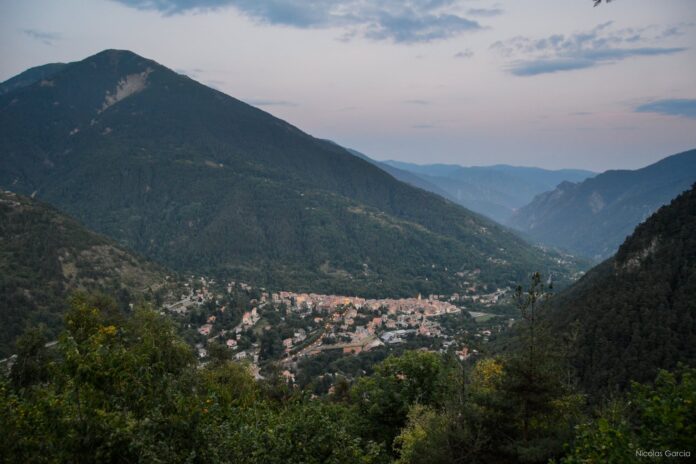Five years after Storm Alex, the valleys of Alpes-Maritimes are regaining roads, bridges, and places to live. The reconstruction effort is nearing completion, opening a new chapter for Roya, Vésubie, and other affected areas.
On October 2, 2020, torrential rains hit the valleys of Roya, Vésubie, Var, and Tinée. Roads were washed away, villages isolated, and inhabitants cut off from the world: Storm Alex left deep marks. The human and material impact left a lasting impression on the minds of all.
Urgency quickly took precedence over shock. Departmental agents, firefighters, associations, local businesses, and residents mobilized. Their actions ensured the initial rescues, restored communications, and secured the most vulnerable areas. More than 1,300 firefighters were deployed in the first hours, accompanied by 14 helicopters. In the following days, food, medicine, and equipment were delivered to isolated villages.
The effort wasn’t limited to crisis management. A large-scale reconstruction began in the first few months. The objective was clear: restore vital access and prepare the area for future climatic events.
Redesigned Roads and Bridges for Longevity
Reconstruction involved more than 70 kilometers of departmental roads and dozens of hydraulic structures. Each infrastructure was redesigned to anticipate flood-related risks.
In the Roya Valley, destroyed bridges were replaced with more suitable structures. The Perthus Bridge reopened in 2021, followed by those of Ambo and Caïros in 2023. The 14 Arches Bridge and the Bourg-Neuf Bridge in Tende were completed in 2024 and 2025. All were designed without river supports to allow easier water passage during floods.
These projects engaged hundreds of workers and required innovative technical solutions. Nearly 380,000 tons of materials were recycled, and more than 55,000 m³ of concrete were poured. The Department of Alpes-Maritimes invested 256 million euros, supplemented by 17.86 million euros of European funds.
Vésubie was not forgotten. Access ramps and public works were rebuilt, such as the city sports field and the Alpha Park facilities. Securing hiking trails and restoring the Vésubia Mountain Park contribute to reviving tourism, an essential sector for the valley.
Other affected areas, from Cians to Estéron, also benefited from works, sometimes less visible but equally necessary: repaired roads, reinforced banks, and strengthened hydraulic structures.
Solidarity Turned into Collective Memory
Behind the numbers and projects, it is people who stood firm. Force 06 agents, local businesses, gendarmes, elected officials, volunteers, and residents united their efforts. Every reopened road and rebuilt bridge bears the mark of this collective commitment.
The role of SMIAGE, the mixed union responsible for water management and development, was central. Since 2020, it has undertaken more than 80 million euros of work to reinforce banks and secure at-risk areas. These developments aim to better prepare the valleys for future weather events.
Beyond reconstruction, Storm Alex also highlighted the challenges of climate change. Infrastructure designed over the past five years takes this reality into account. Raised structures, recalibrated supports, and bank protections are designed to mitigate the effects of new floods.
A Territory Focused on the Future
The inauguration of the Bourg-Neuf Bridge in February 2025 symbolically marks the end of a stage. For the residents of Roya and other valleys, life returns to a more serene daily routine. Travel is once again possible, economic exchanges are revived, and services are accessible.
But the outlook goes beyond just reconstruction. Between 2025 and 2027, the Department aims to develop new soft mobility options, strengthen the tourist offer, and reposition Vésubie as an accessible destination from the coast. Restored trails and renovated facilities are part of this ambition.
Five years later, the valleys still bear the scars of Storm Alex, but they have regained their momentum. Residents know that the risk remains, but they now have stronger infrastructures and a collective memory of solidarity.


